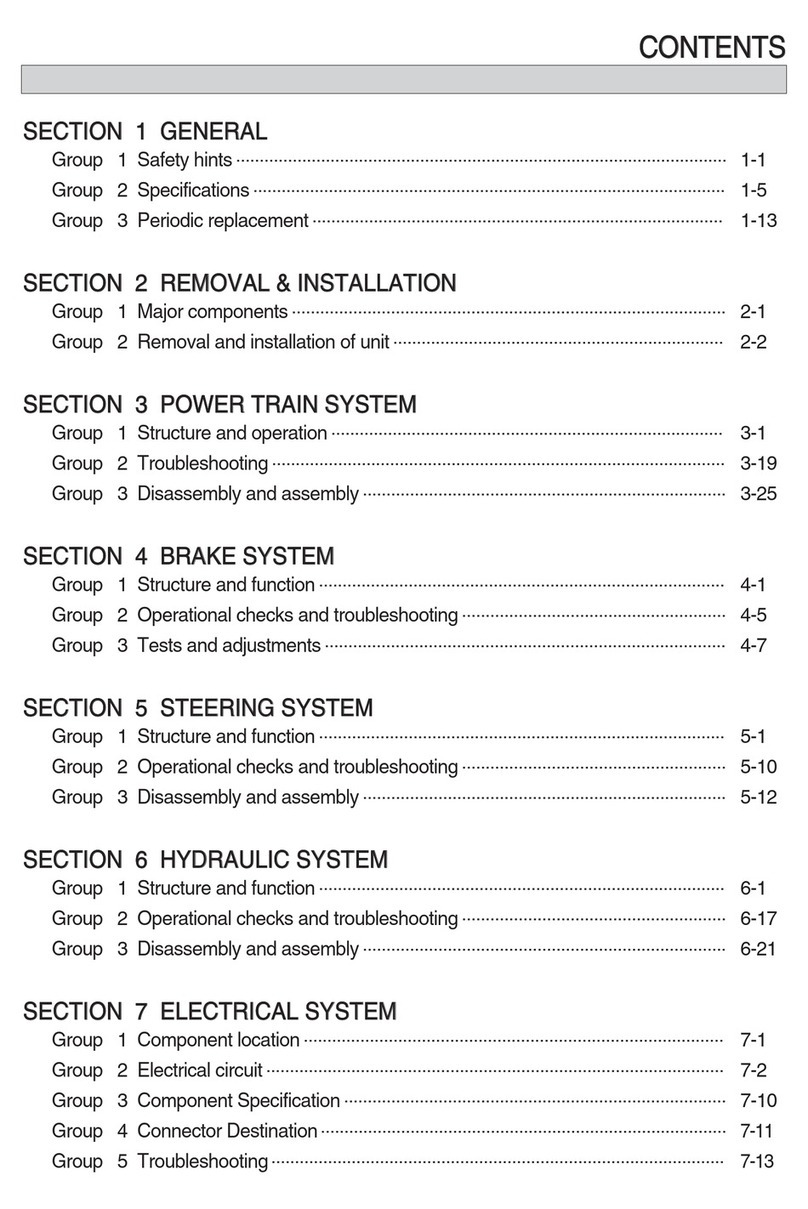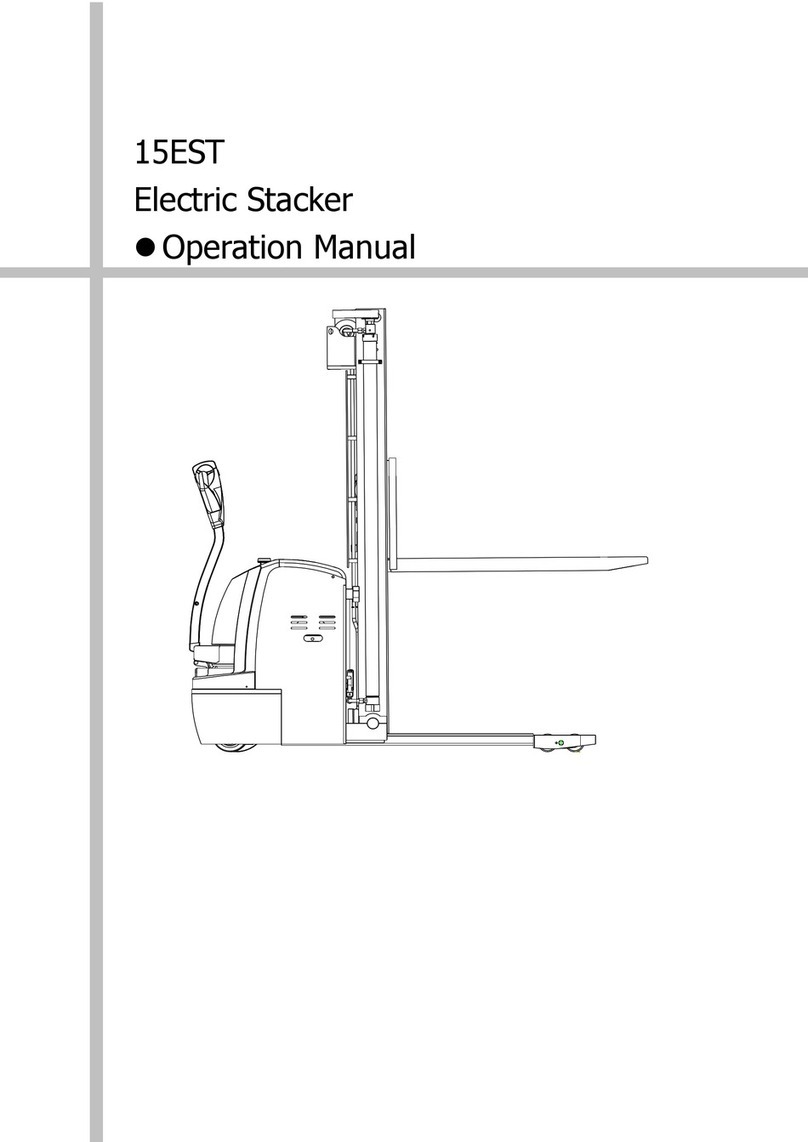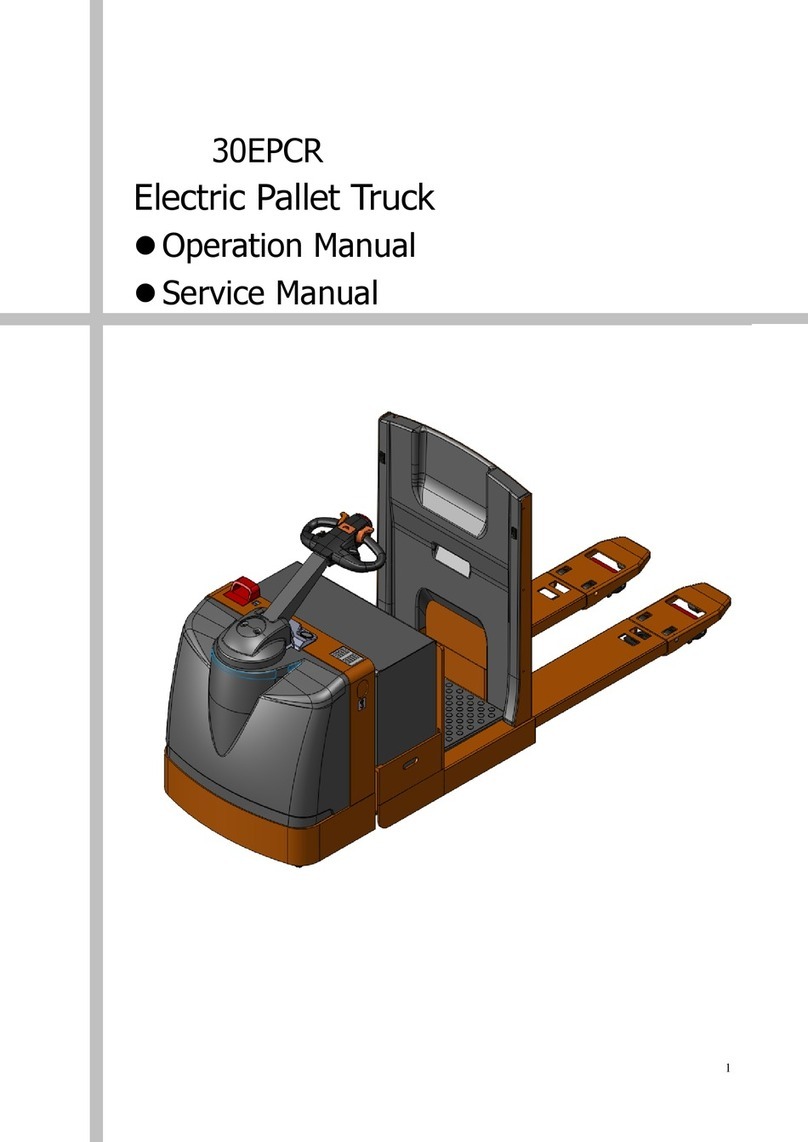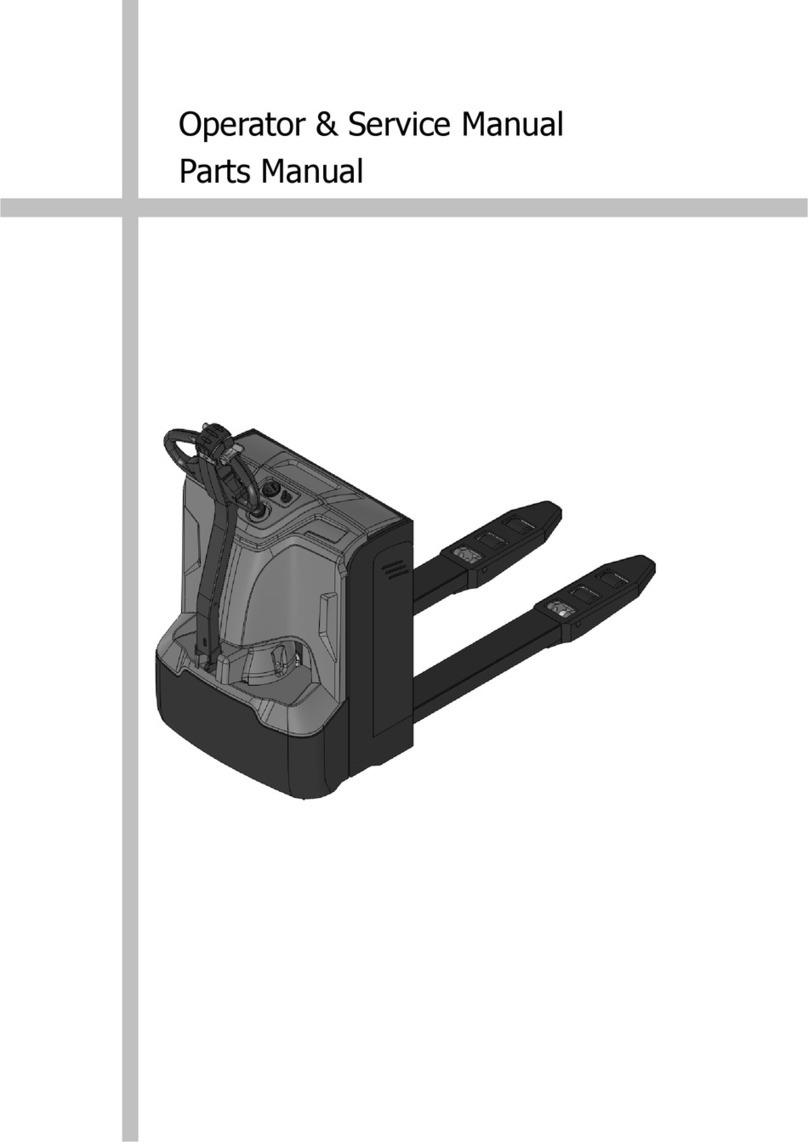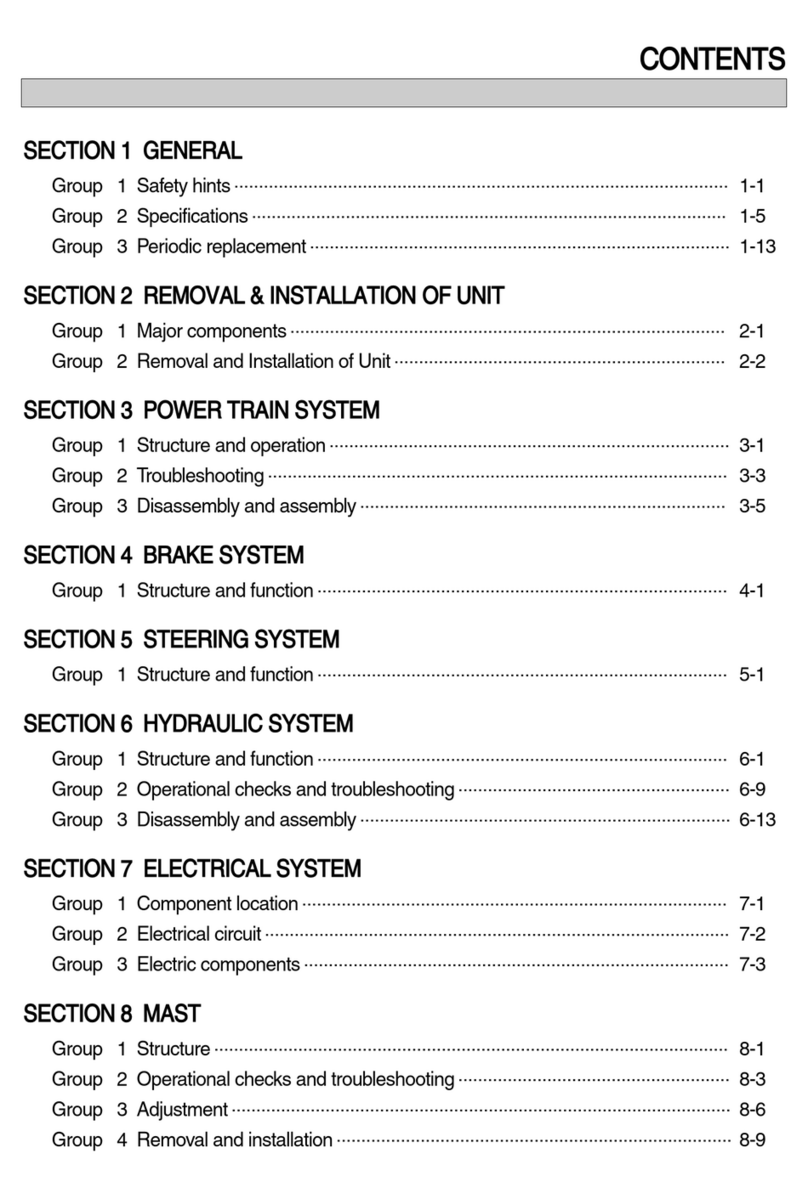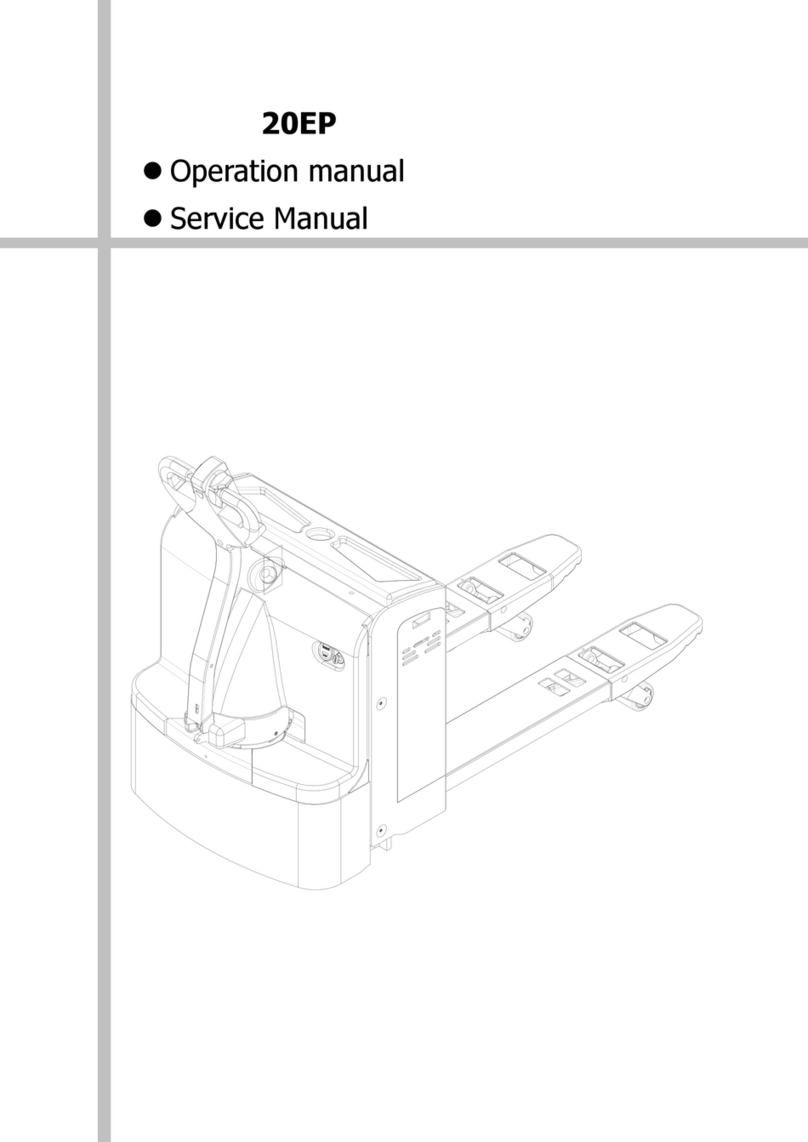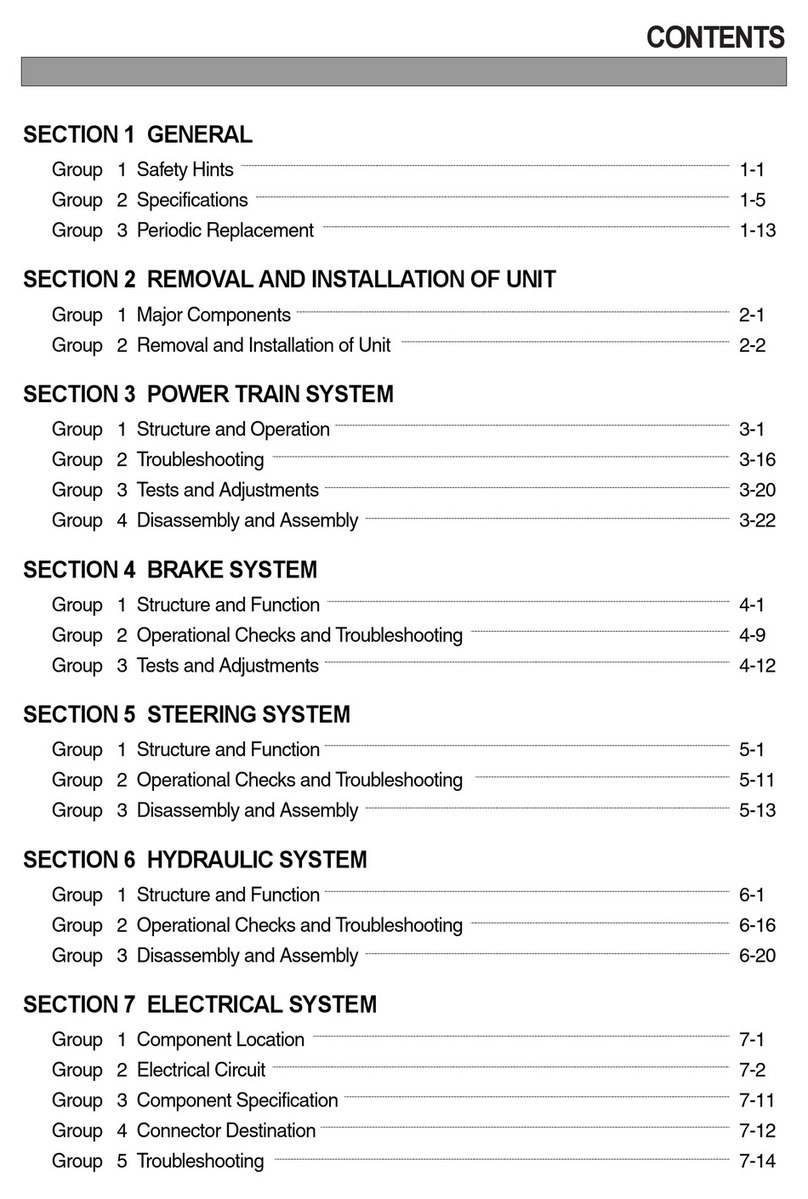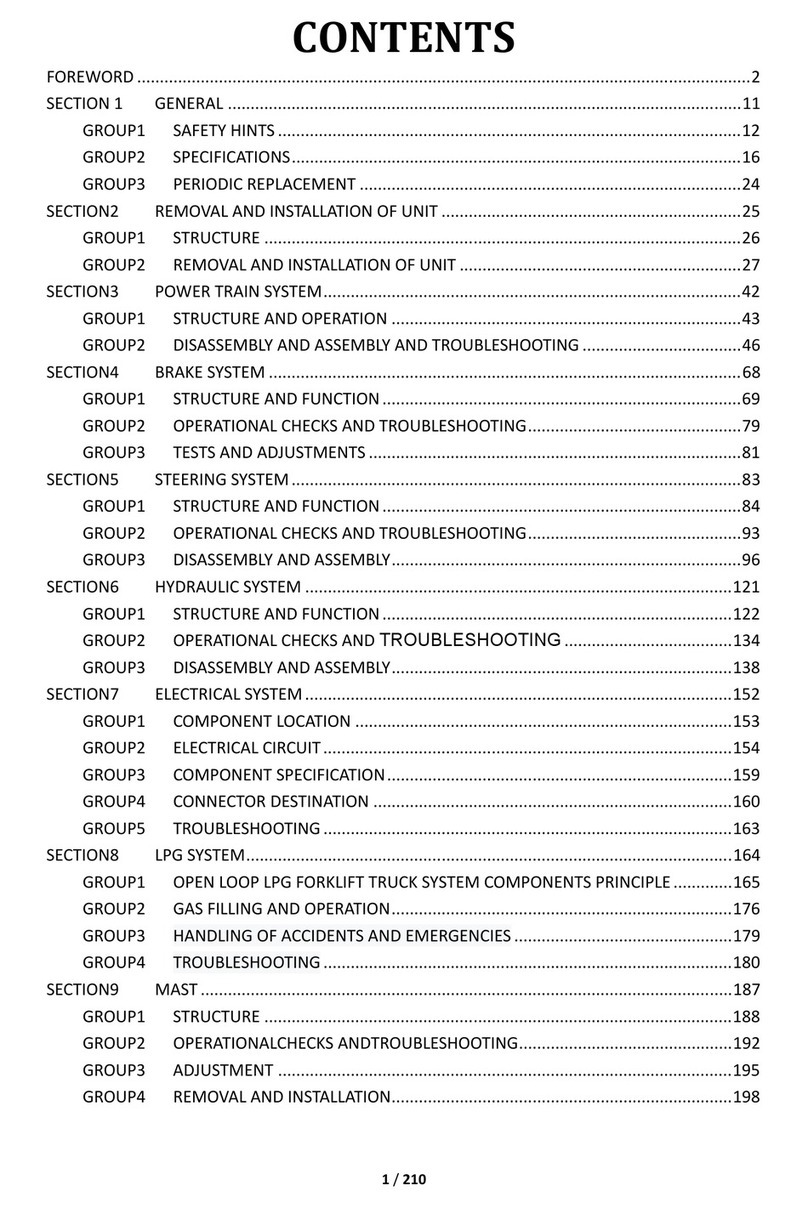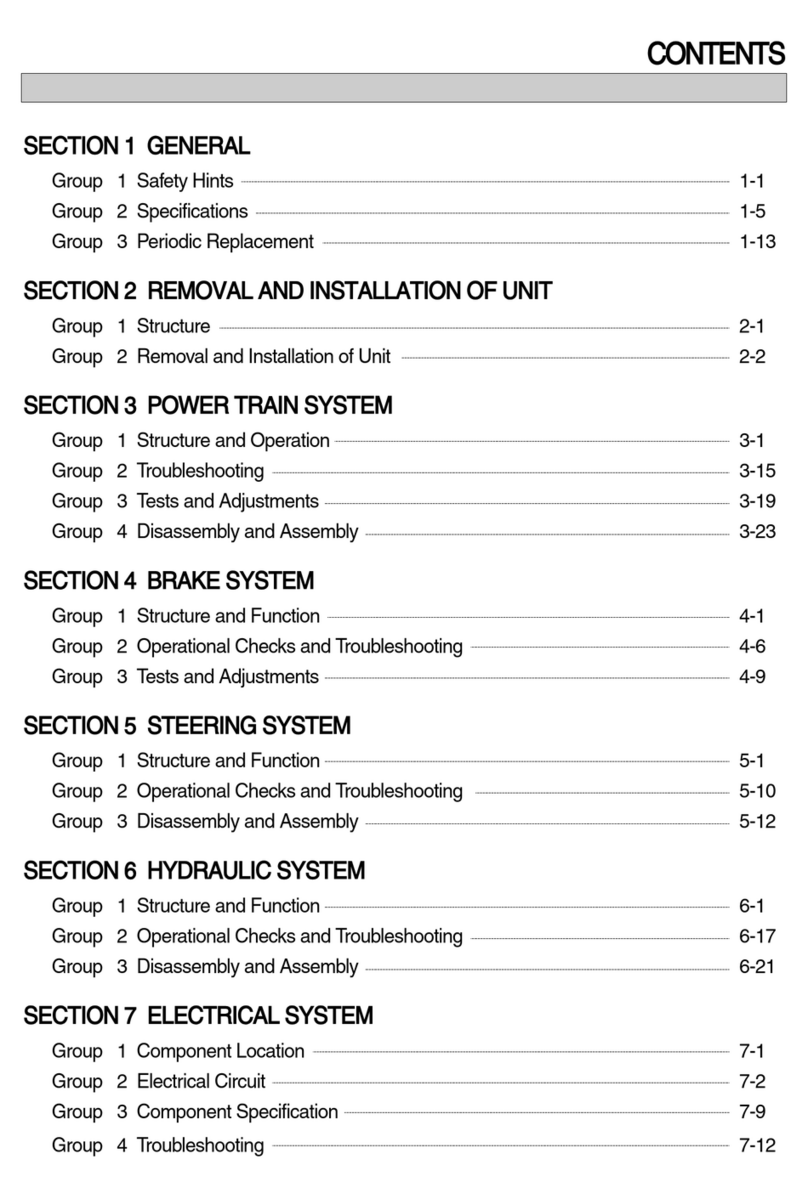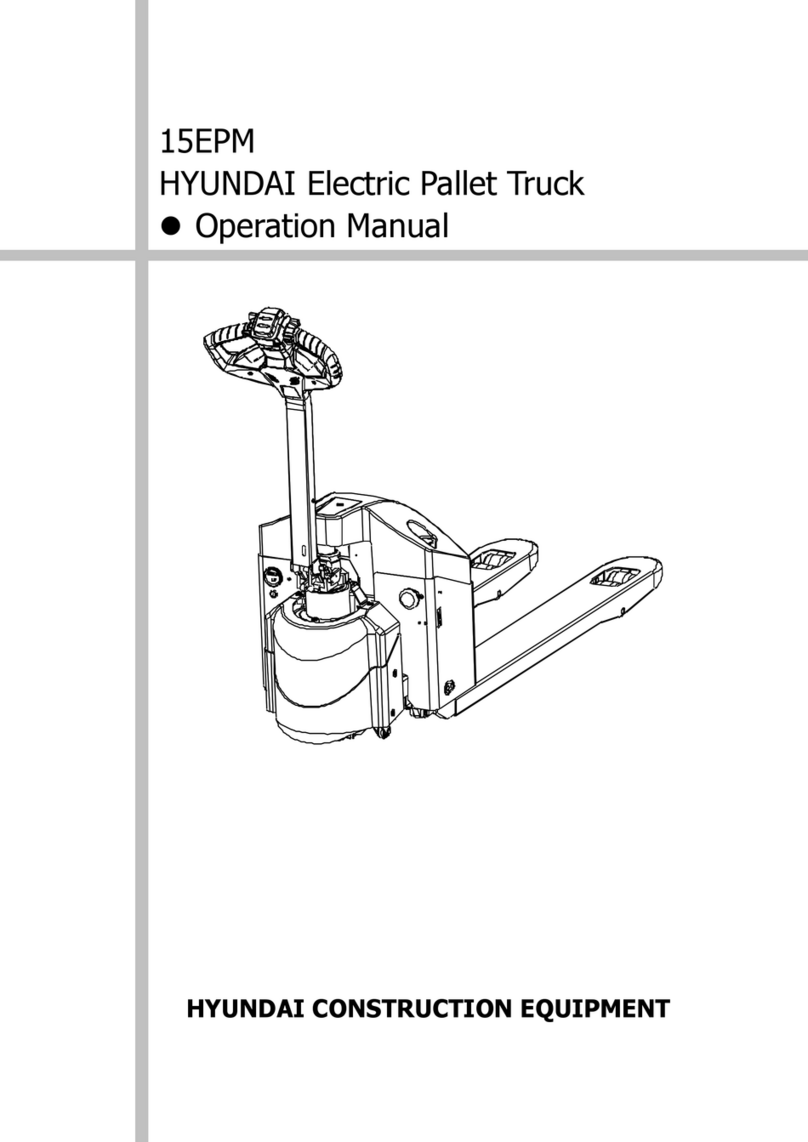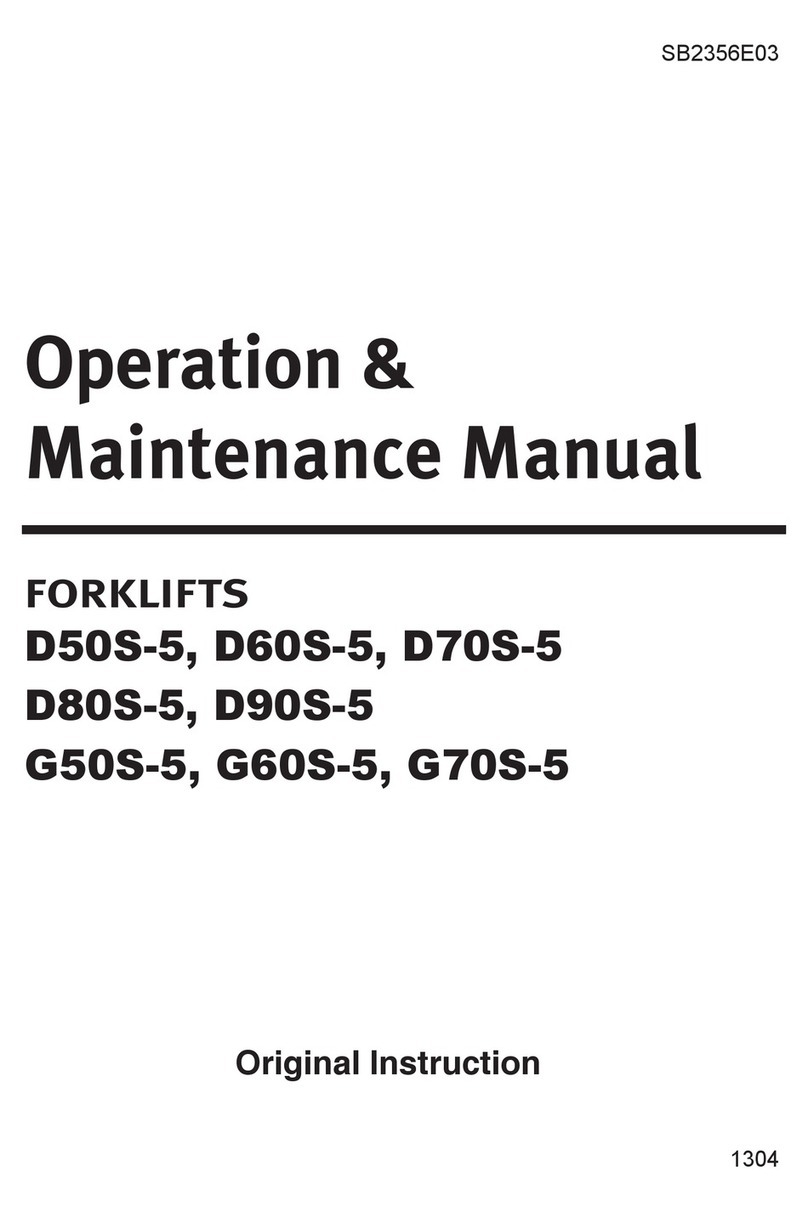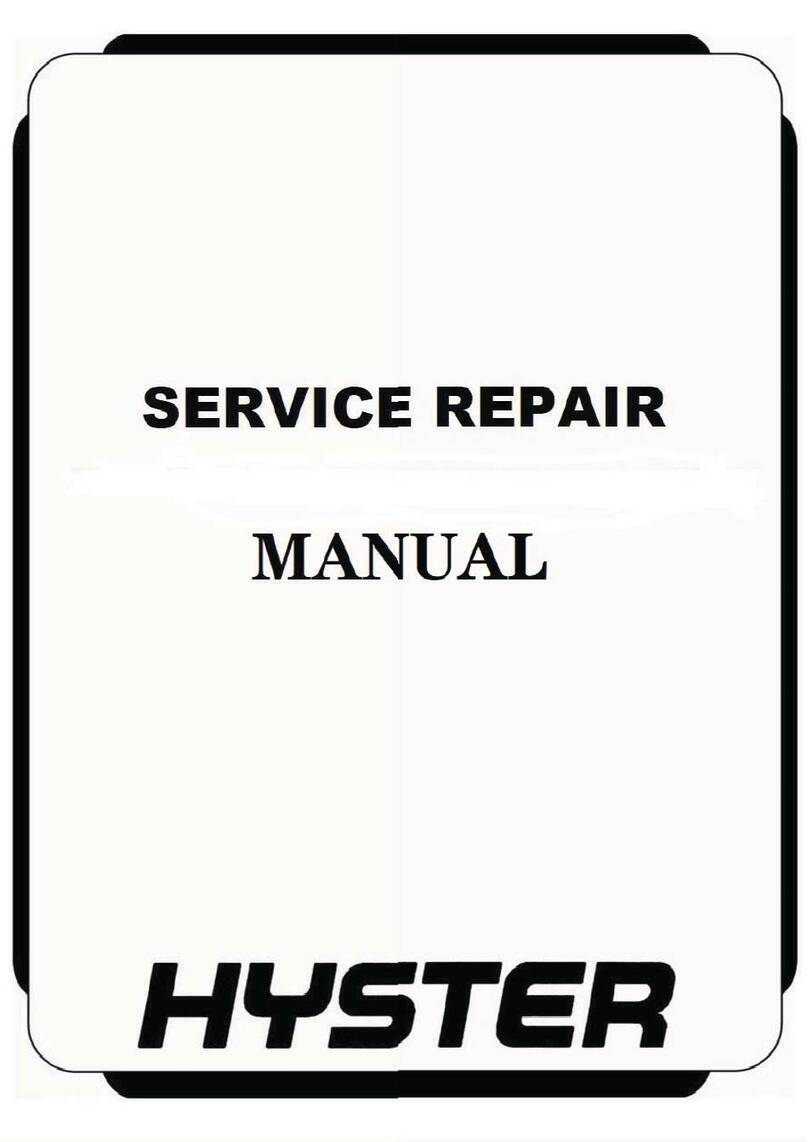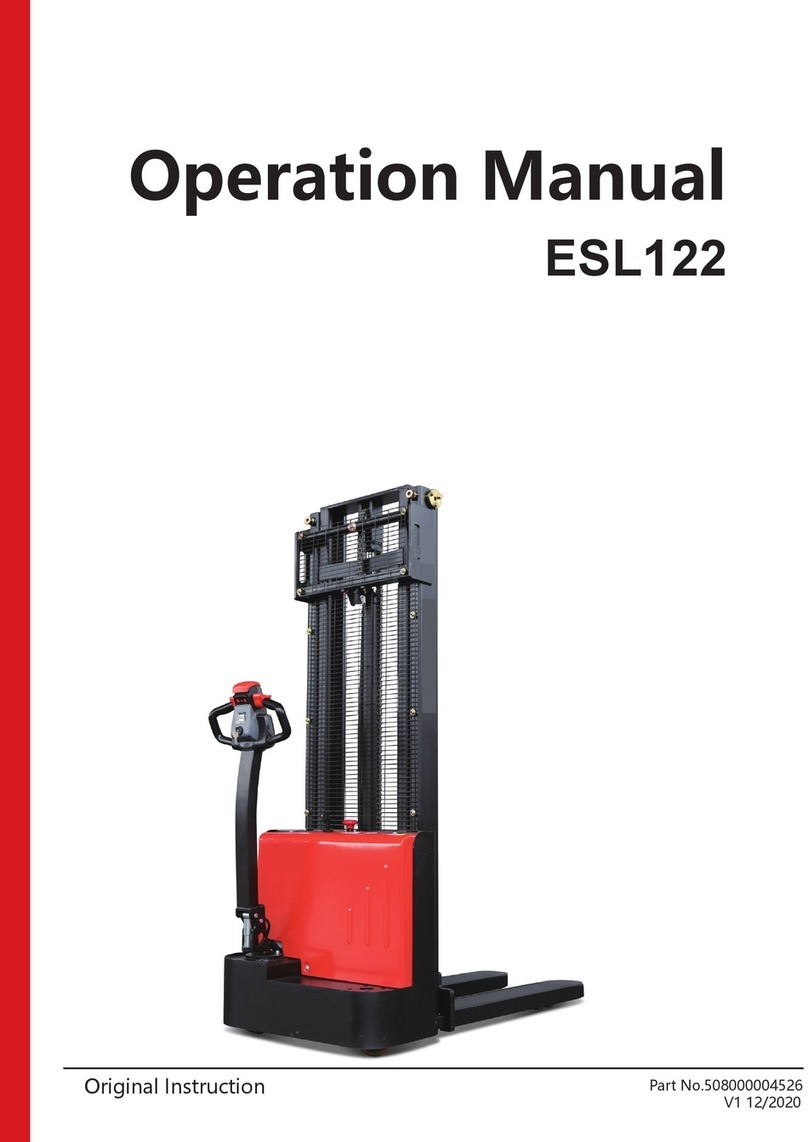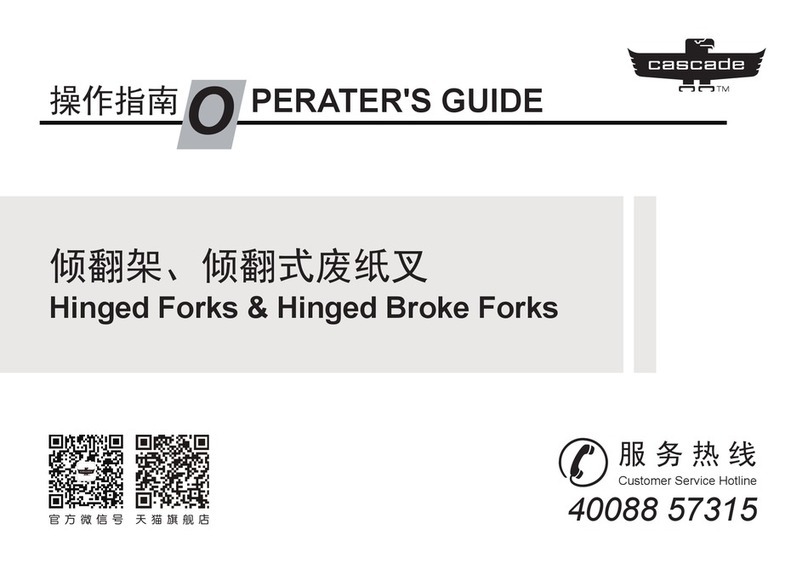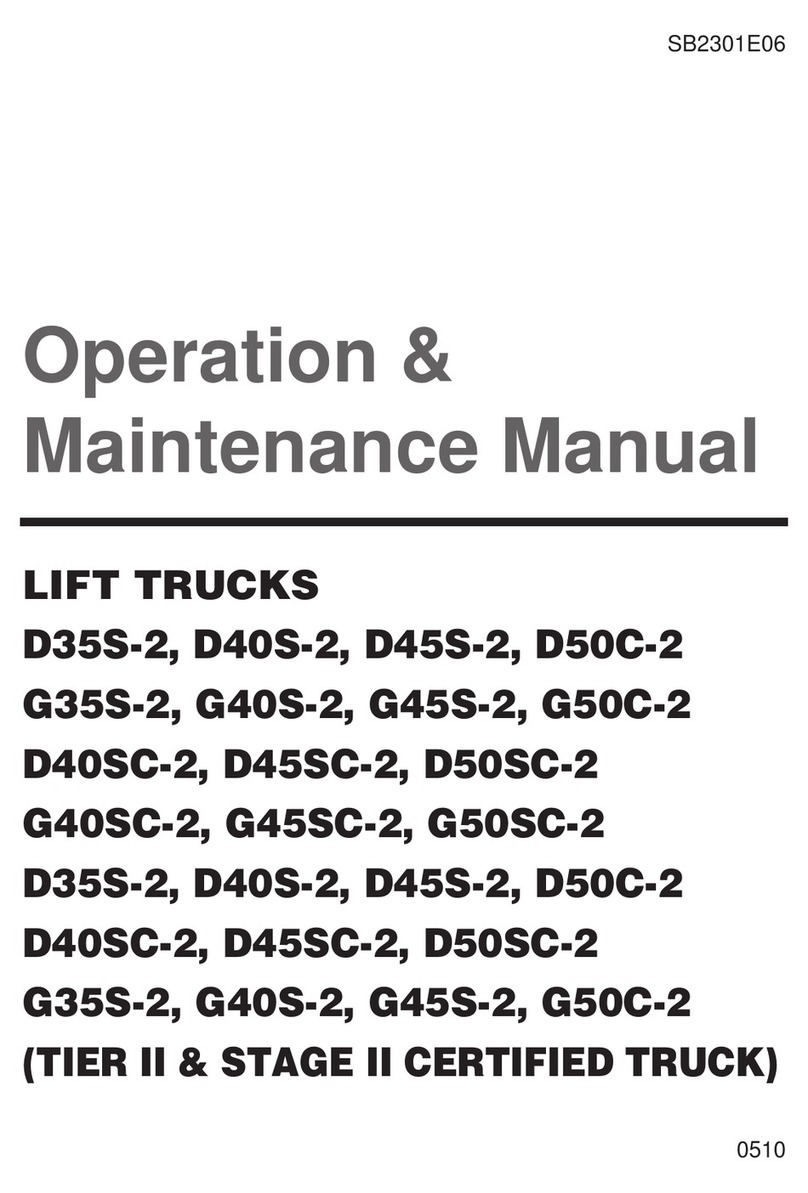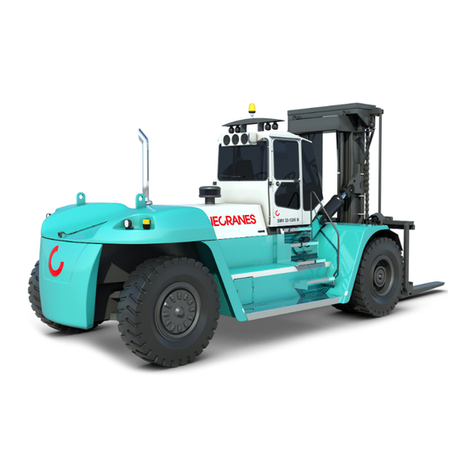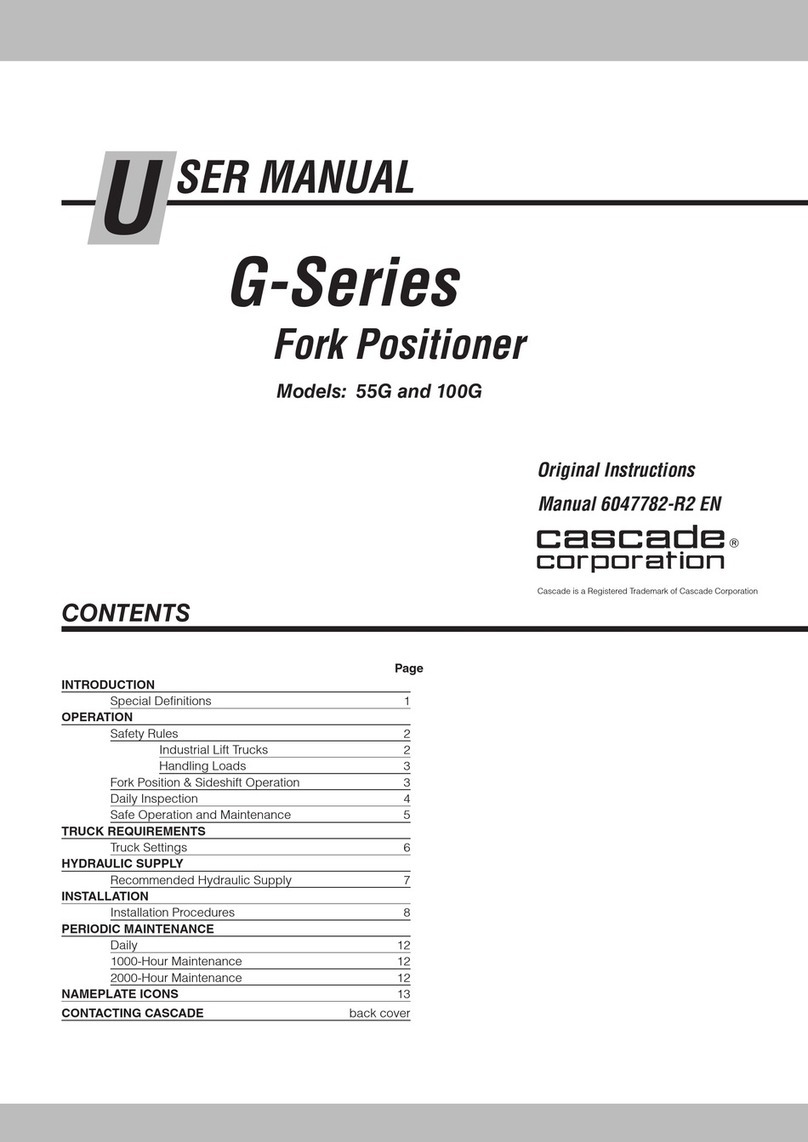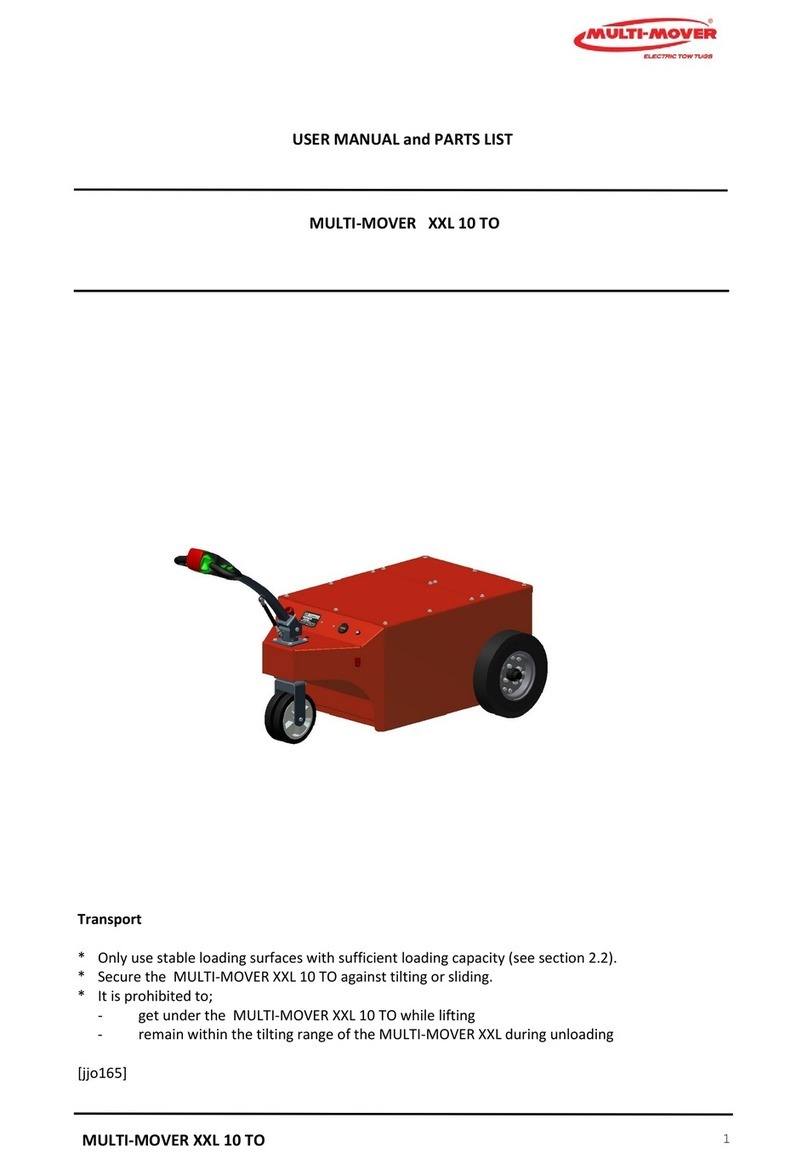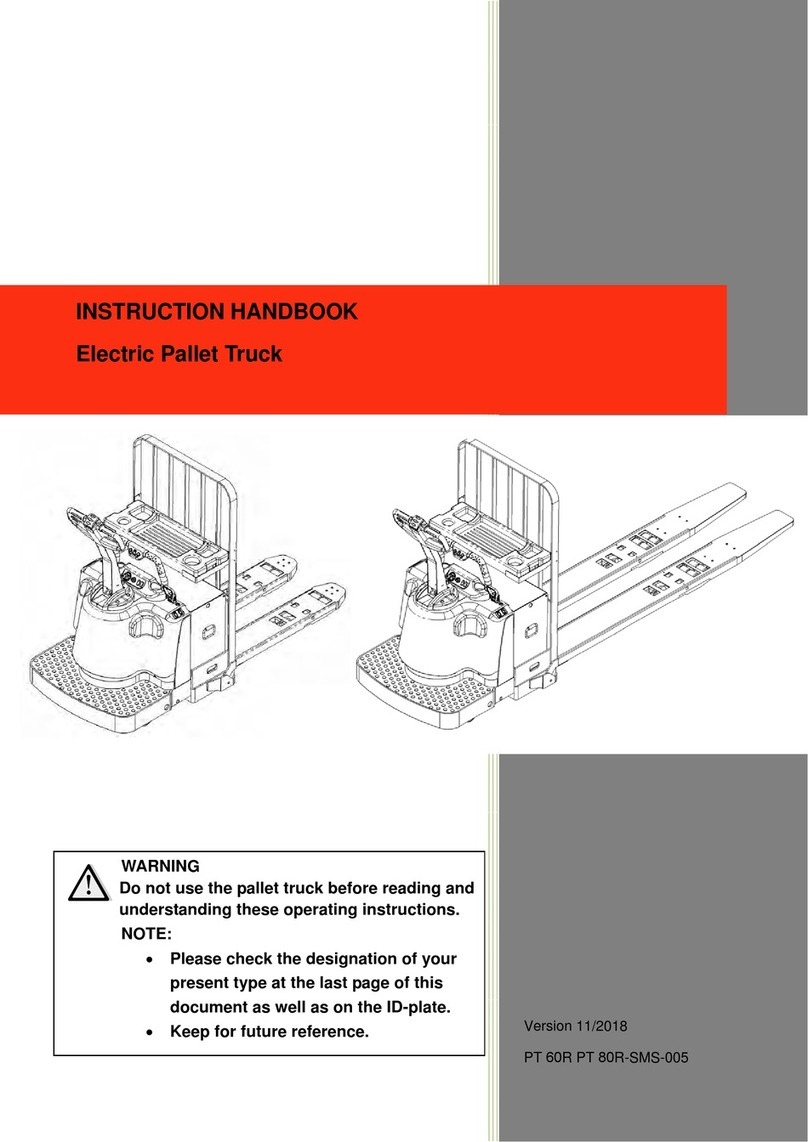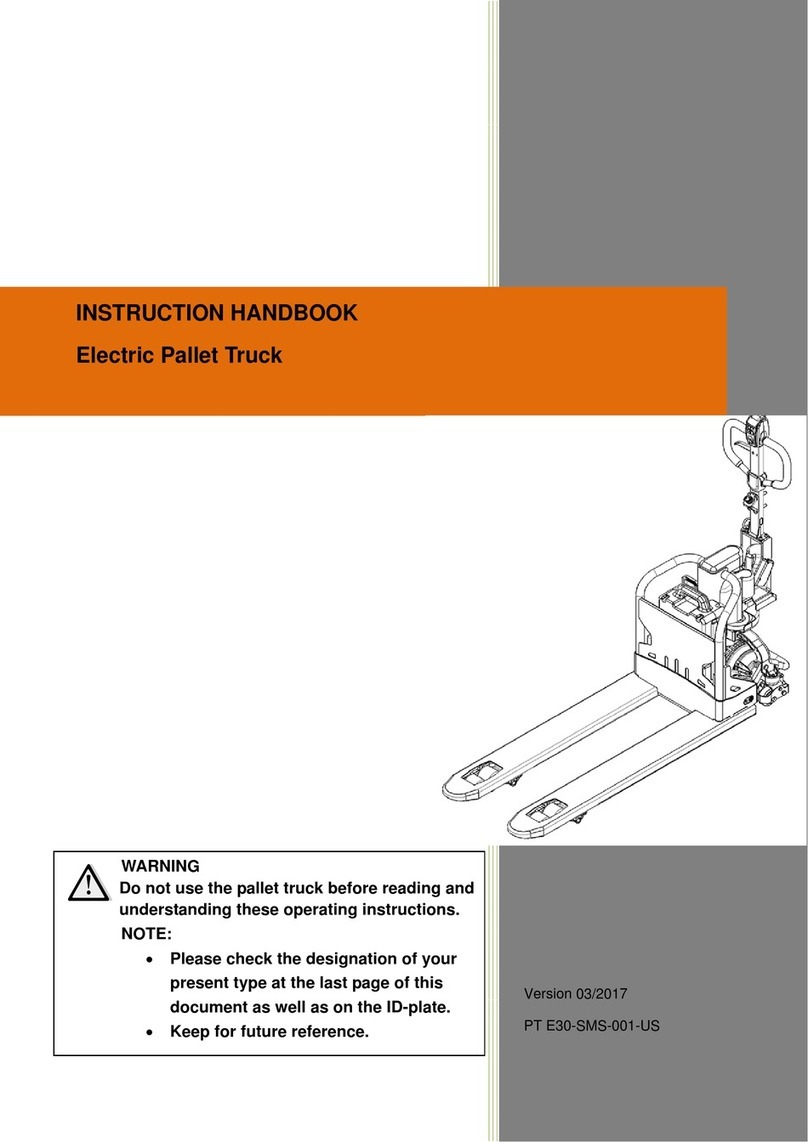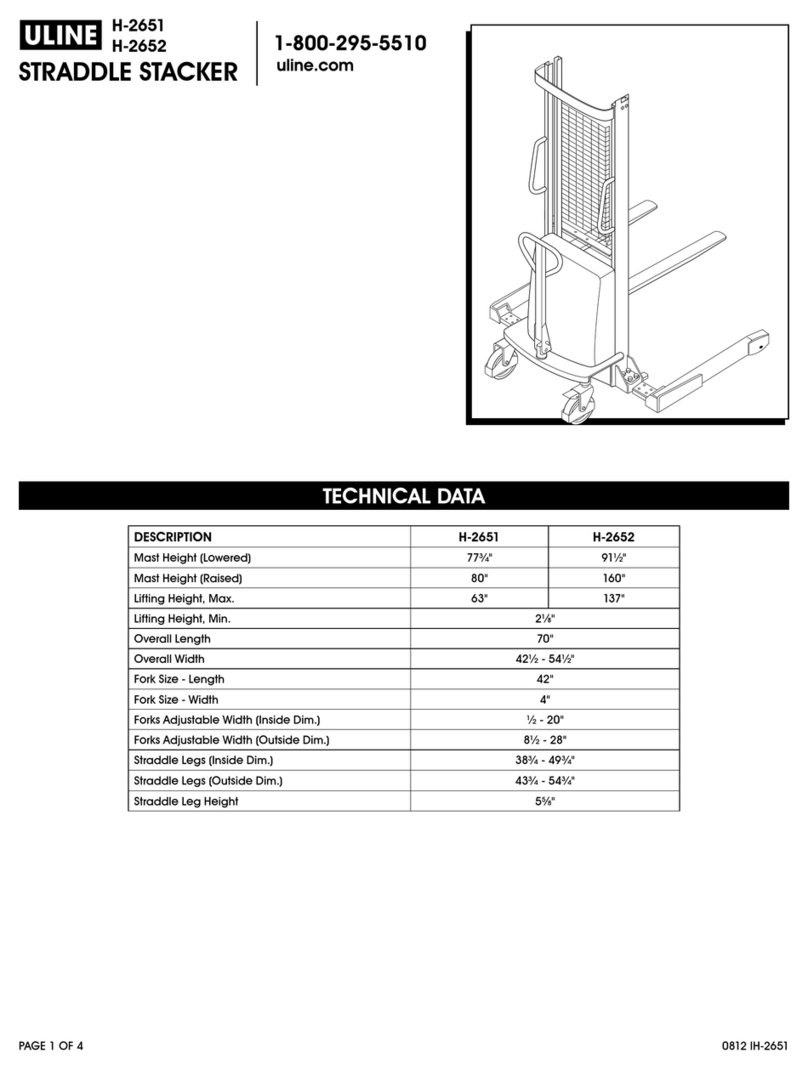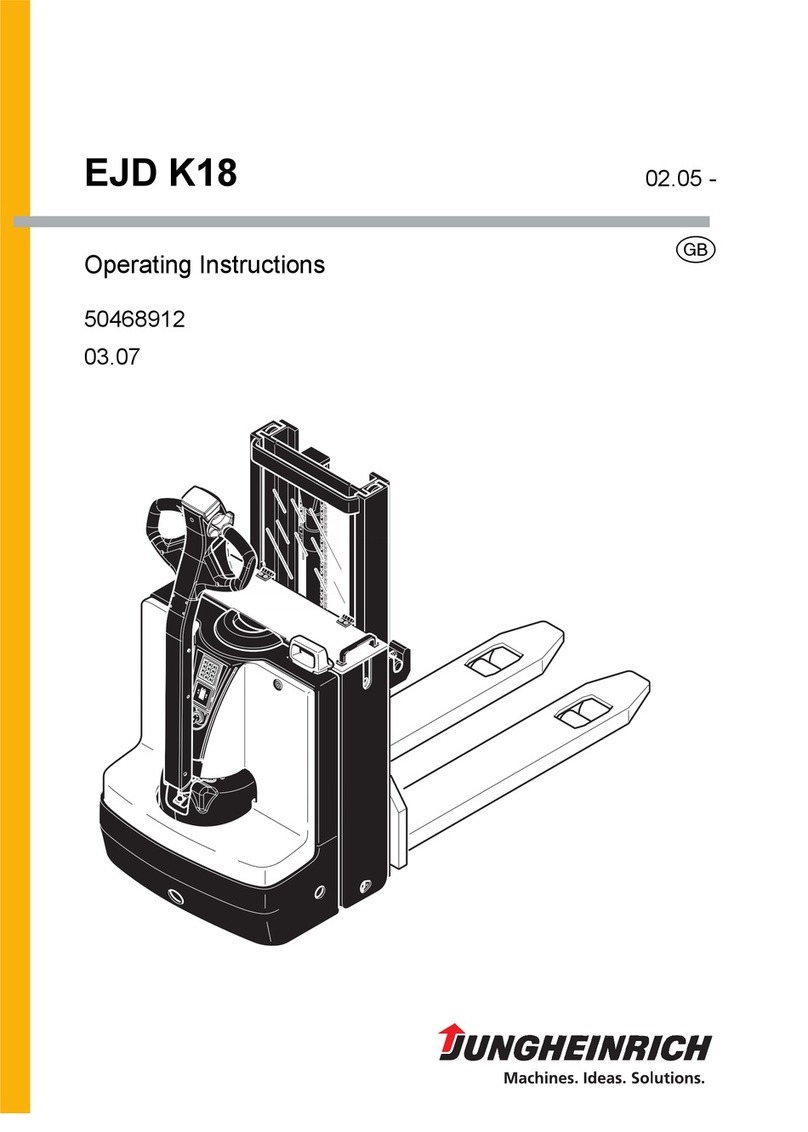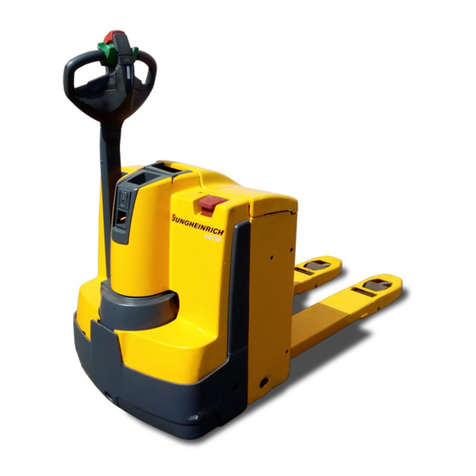
Content
Ⅰ.Specified use ............................................................................................................. 1
Ⅱ.Forklift introduction .................................................................................................... 1
1. range of application................................................................................................ 1
2. service environment ............................................................................................... 1
3. technical parameters .............................................................................................. 1
3.1 structure....................................................................................................... 2
3.2 main technical parameters (20EDPR Electric Pallet Truck) ................................ 2
Ⅲ.Operating instruction ................................................................................................... 7
1.Safety norms……………………………………………………………………………………………..………..9
1.1 safety instructions ......................................................................................... 9
1.2 Safety operation specification…………………………………………………..…………………10
2. Drive and operation.............................................................................................. 11
2.1 inspection before operation ........................................................................ 12
2.2 driving ...................................................................................................... 12
2.3 notice and inspection after operation ......................................................... 17
Ⅳ.Maintenance、charge and replace of battery.............................................................. 17
1. initial charge .................................................................................. ……………………16
2 use and maintenance ........................................................................................... 17
3 storage ............................................................................................................... 18
4 operation of electrolyte.......................................................................................... 18
5 storage battery operation of end service life ........................................................... 18
6.emergency treatment ............................................................................................ 18
7 charger................................................................................................................. 18
8. replacement of battery ......................................................................................... 22
Ⅴ. Maintenance and repair…………………………………………………………………………………………..22
1. Maintenance ........................................................................................................ 23
1.1notice of maintenance .................................................................................. 20
1.2 check and maintenance before use ............................................................. 20
1.3 daily inspection ........................................................................................... 20
1.4 inspection as needed ................................................................................... 21
1.5. inspection and maintenance........................................................................ 21
1.6 working medium recommend ....................................................................... 22
1.7 structure of lift oil cylinder and wearing parts(support leg):......................... 23
1.8 structure of lift oil cylinder and wearing parts(forks)…………………………………….23
1.9 maintenance period of consumables and partial parts ............................... 23
2. Common faults and trouble shooting ..................................................................... 24
Ⅵ. The store, transportation and loading of truck ........................................................... 29
1. loading and unloading of truck .............................................................................. 29
2. transportation ...................................................................................................... 29
3. storage .............................................................................................................. 29
Appendix I...................................................................................................................... 30
Appendix II .................................................................................................................... 31
